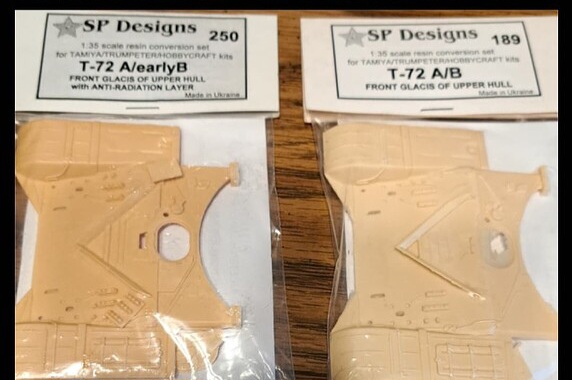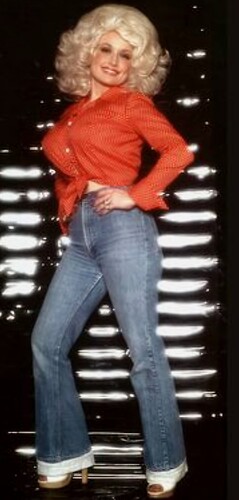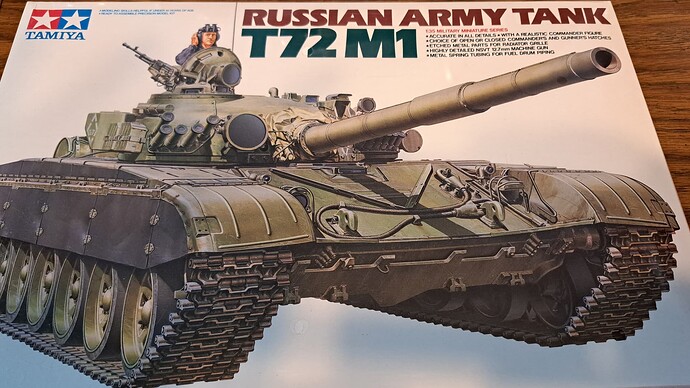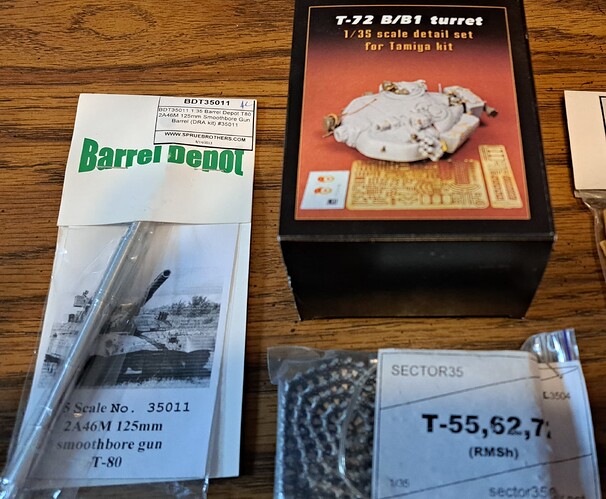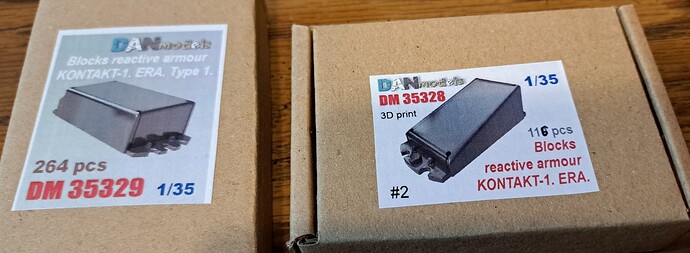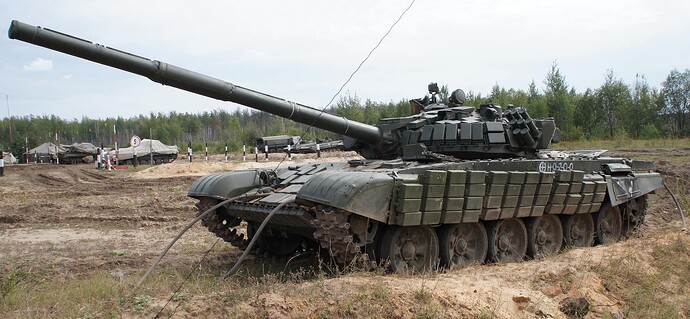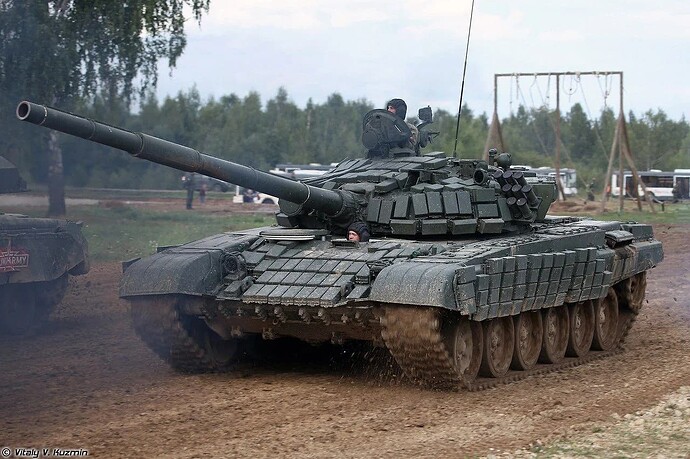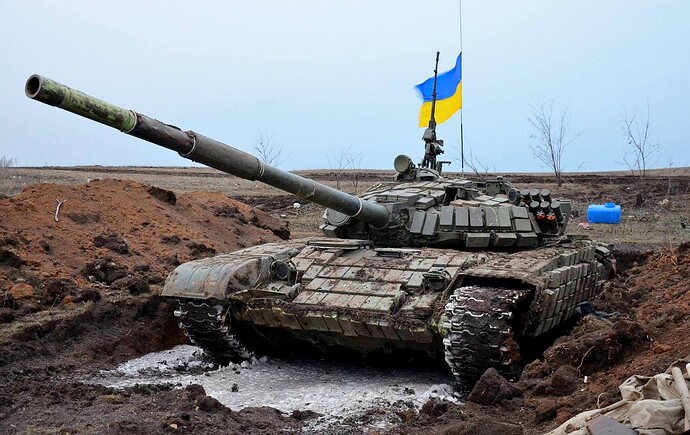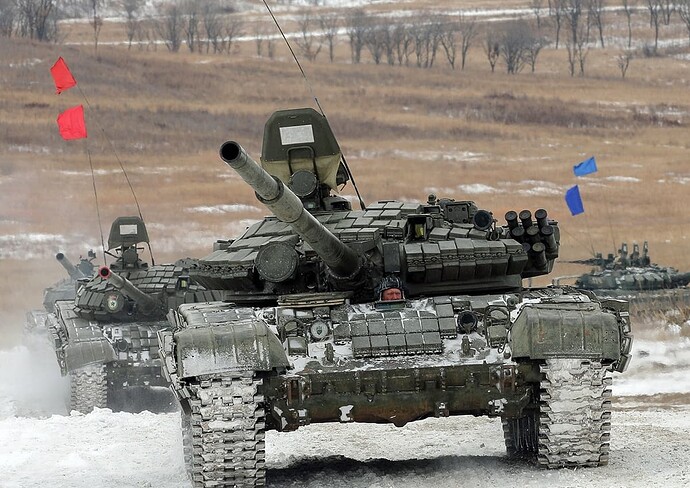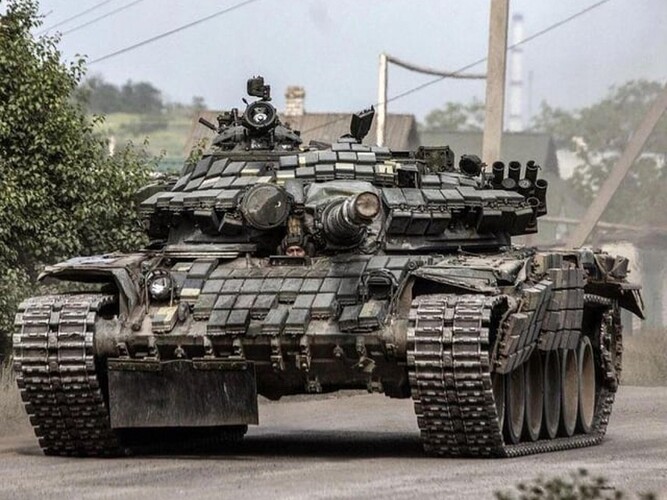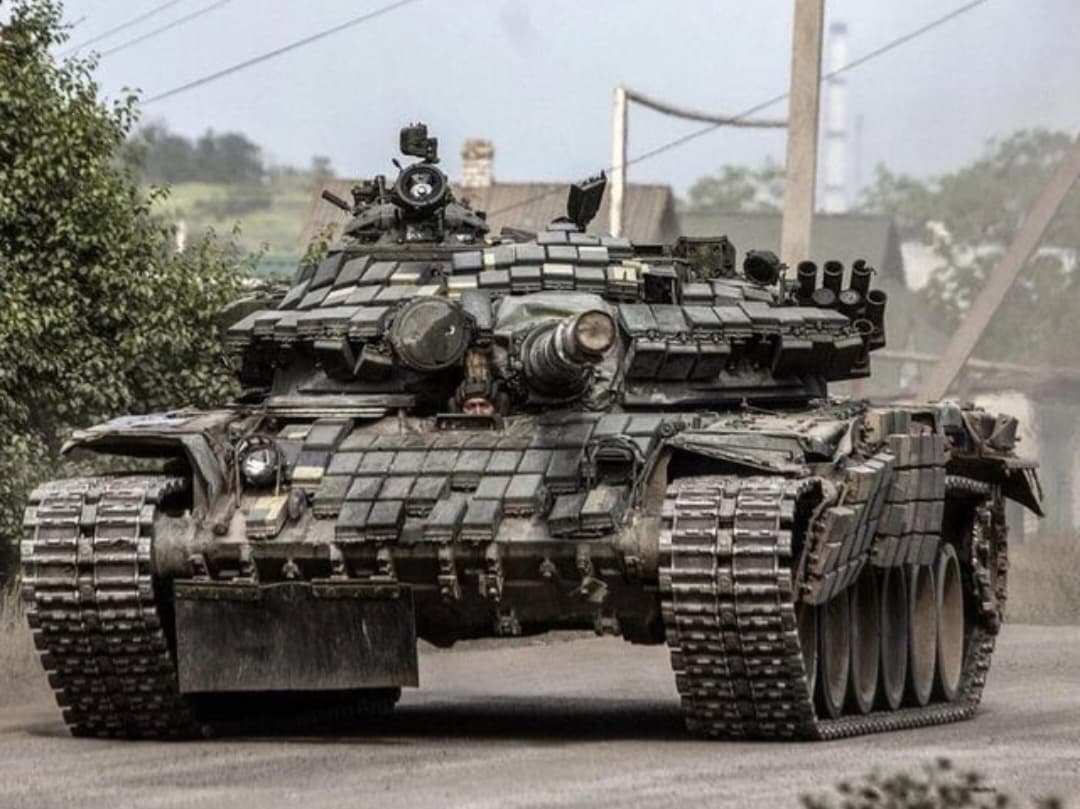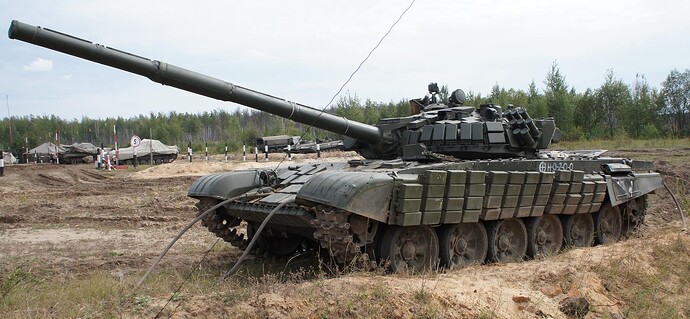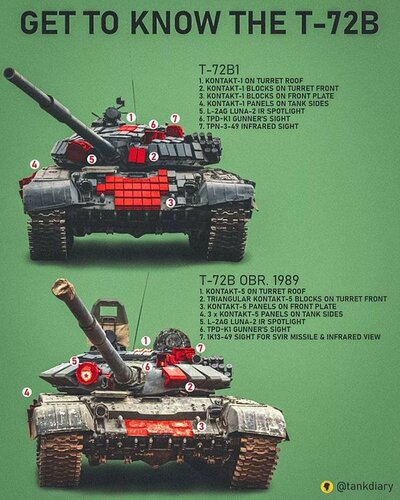I’m nothing close to being an “expert” on the T-72 and all of its many variations and permutations, domestic Russian/Soviet, export or foreign indigenous manufacture. Nor am I familiar with all of the many, many different kit offerings of it. With regard to the proposed conversion project, I’m pretty neutral.
However, with regard to the AMPS rules, this is, I believe, the relevant portion of the “Major Conversions” rule:
So, at least in my own opinion, it is not enough to convert a kit version of a vehicle manufactured by one kit maker into another version of the base subject if that “new” version is already made by some other kit maker. Taking a Tamiya T-72 and turning it into a different T-72 version that is already kitted, say, from Trumpeter, would not qualify. On the other hand, if no one else already makes the proposed version of the T-72, then it probably does qualify for the category.
(As someone else mentioned, the result would likely be considered simply a better detailed or more accurate model of that same subject.)
However, I have to say that all of this would be up to the Chief Judge at the particular show to make the call. A few paragraphs discussing a hypothetical on some online forum with an opinion from someone who is not that particular Chief Judge can only go so far. If you have the facts on your side and are willing to back them up if the entry is questioned, then you’ll likely succeed in getting the model in that category (assuming that there’s any sort of question about that eligibility in the first place).
I would submit a couple of other considerations, though. First would be an assessment of your own goals for selecting to enter the build in the “Major Conversions” category vice one of the regular armor categories. Note that the judging and scoring criteria are not different between the two. The model will be judged exactly the same, so the skill of the work is what is being assessed and scored. Excellent work will be acknowledged with high scores regardless of the category (or without any regard for the other entries in that category).
There is one exception to this judging uniformity, though, which brings up the second consideration. That exception would be the “Degree of Difficulty” scoring group. The judges SHOULD make their assessment and scoring of this based on the modeler’s skill level and the kinds of work expected of ALL of the models eligible for that category. What this should mean in the context of “Major Conversions” is that the manner that the conversion was achieved will have (or should have) a significant impact on that part of the score.
The judges should be asking: How much skill and effort was required? Was the conversion done by just swapping parts (i.e. a simple “kit bash”) or was major “surgery” of the base kit’s components required? How much, if any, scratch-building was done? What was the source of the changed parts and details? Simply changing parts from those of one kit maker with those of another will possibly score fairly low in “Degree of Difficulty” since the judges are expecting to see a “Major Conversion” that involved “major” work and effort.
It may be that that same model if entered in a regular armor category might earn a much better score for the exact same levels and amounts of additional detail and accuracy work. The extra work and effort in creating a more detailed and accurate model of the variation of the tank could very well earn more points since that extra effort is certainly going “above and beyond” what most builders do in the regular categories.
You would, of course, already be providing the proper supporting documentation to earn the “Research Bonus” half-point which may be awarded in EVERY category (all of the vehicle categories - yes, to include sci-fi and hypothetical subjects, as well as the diorama, vignette and figure categories).
In the end, though, in AMPS the scoring really is all about the demonstrated work and skill of the individual modeler as it stands alone in front of the judges. Excellent work is excellent work regardless of the category or any other model entered in the show. Since all the entries are judged according to this fundamental rule, there’s usually very little controversy or “push-back” to self-selected categories or initially registered skill levels. Each modeler’s work stands on its own, and his or her work and skill is judged independently on its own.
Final scores have almost nothing to do with the categories entered and absolutely nothing to do with the other models. If it is a “competition,” it’s only a competition against yourself.
